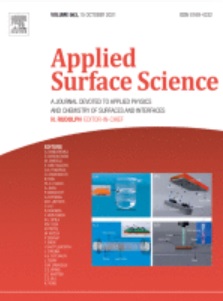The aim of this study was to provide deep insight into photocatalytic degradation of ciprofloxacin (CIP) over CeO2/ZnO nanocomposites. Catalysts used in this work were synthesized by a simple co-precipitation method and fully characterized by means of XRD, nitrogen physisorption, TEM, UV–vis, PL and XPS. Degradation of CIP was tracked by UV–vis and LC-MS techniques and the mineralization efficiency was determined by TOC analyses. It was documented that CeO2/ZnO nanocomposites were ca. twice more active than undoped ZnO and ca. 10 times more active than pristine CeO2. The improved activity of the nanocomposites resulted from the formation of a Z-scheme heterojunction in which photo-excited electrons from the conduction band of ZnO migrate to the valence band of CeO2. Photocatalytic degradation of CIP over the nanocomposites was found to be a surface reaction in which CIP molecules adsorbed onto ZnO are directly oxidized by photogenerated holes (h+). Degradation of the antibiotic proceeded through two parallel pathways: i) pathway I (dominant) in which piperazine moiety of CIP molecules was selectively oxidized by h+, and ii) pathway II in which both fluoroquinolone and piperazine moieties of the antibiotic were degraded. The latter pathway required participation of both h+ and hydroxyl radicals (HO•).

